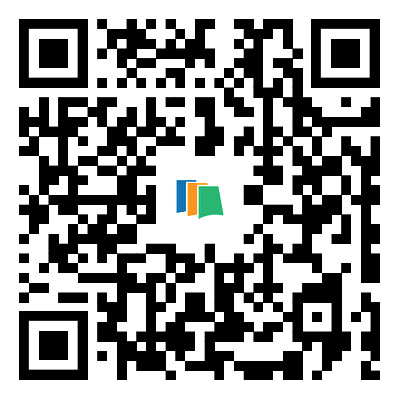The technical development of Folder Gluer Machine
2025-05-19
The technical development of the Folder Gluer Machine reflects advancements in mechanical engineering, automation, electronics, and software integration in the packaging industry. Here's a detailed overview of how the technology has evolved:
1. Early Mechanical Designs
Manual Folding and Gluing: Initially, box manufacturing was labor-intensive, relying on manual folding and application of glue.
Basic Mechanical Systems: Early folder gluer machines introduced simple mechanical systems with basic rollers, belts, and pressure systems to automate folding and gluing of cartons.
Straight-line Production: These early models were limited to producing straight-line boxes with minimal adjustment capability.
2. Automation and Motorization
Electromechanical Drives: Introduction of electric motors allowed precise control over belt speeds and pressure rollers.
Basic Automation: Sensors and timers began to be integrated to control folding and glue application sequences.
Speed Improvement: Production speed increased from a few hundred to several thousand boxes per hour.
3. Servo Motors and Digital Control (Late 20th Century)
Servo Technology: Enabled high-precision positioning of folding components and automatic adjustment of machine settings.
Programmable Logic Controllers (PLCs): Machines began using PLCs to automate sequences, reduce manual intervention, and increase repeatability.
Modular Design: Machines became modular, allowing users to switch between different carton types (e.g., crash-lock bottom, four and six corner boxes).
4. Integration with Digital and Computerized Systems
HMI (Human Machine Interface): Touchscreen controls enabled operators to configure, monitor, and troubleshoot the machine easily.
Pre-set Programs: Machines could store job parameters for quick setup changes, ideal for short runs and just-in-time manufacturing.
Vision Systems: Integration of cameras and vision sensors allowed real-time inspection for alignment, glue application, and print quality.
5. Advanced Gluing and Quality Control
Hot-Melt and Cold Glue Systems: Dual glue systems enabled flexibility for various packaging needs.
Glue Pattern Control: Glue application is now precisely controlled by digital systems to reduce waste and ensure consistency.
Barcode Scanning & Ejectors: Misfolded or misprinted cartons are identified and automatically rejected.

6. Industry 4.0 and Smart Technologies (Present Day)
IoT Integration: Machines now collect operational data for remote monitoring, predictive maintenance, and performance optimization.
AI-Based Adjustments: Some high-end models use AI and machine learning to adjust parameters based on material variability.
Cloud Connectivity: Enables remote diagnostics, software updates, and integration with ERP/MES systems.
7. Sustainability and Energy Efficiency
Energy-efficient Motors: Use of high-efficiency servo and inverter motors to reduce power consumption.
Eco-friendly Designs: Minimization of glue waste, reduced setup waste, and compatibility with recyclable materials.
Conclusion
The technical development of the Folder Gluer Machine has transformed it from a simple mechanical system into a highly sophisticated, intelligent piece of industrial equipment. These innovations support faster, more flexible, and higher-quality packaging production, vital for industries such as food, pharmaceuticals, cosmetics, and e-commerce.
If you are interested in our products or have any questions, please feel free to contact us and we will reply you within 24 hours.


